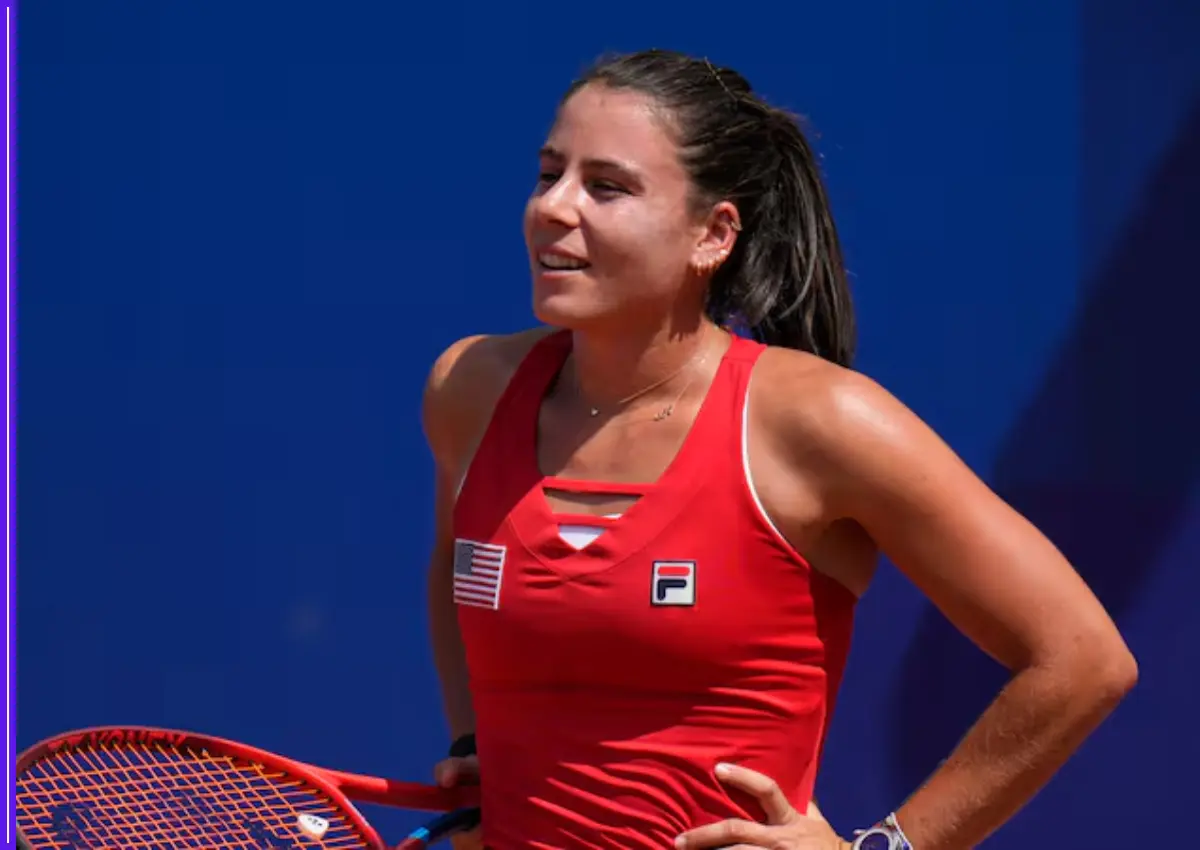Only one-third of voters in Haryana’s 18–19 age bracket are women, according to figures given earlier this week by the Manohar Lal Khattar administration.
As of January 22, 2024, there were 3,43,908 voters in this age range registered in Haryana with the Election Commission of India (ECI). Of these, 2,30,544 were men, 1,13,346 were women, and 18 were transgender people.
This stands in sharp contrast to the state’s general voter gender balance. Ninety-five lakh (47.7%) women and 1.05 crore men make up the total of 1.97 crore votes in Haryana.
Additionally, the data indicates that the gender gap begins to close in older age groups. Women account for 40% of all voters in the age bracket of 20 to 29. In the age ranges of 30-39, 40-49, and 50-59 years and older, the situation significantly improves.
The Haryana government launched a program in October of last year to provide computers, smartphones, and pen drives as incentives to first-time female voters in an effort to attract more women to register to vote. The program featured two categories: one for participants of all ages and another for those between the ages of 18 and 19. A fortunate draw was used to choose the winners.

It’s interesting to note that several of the winners were first-time voters, including Anwari from Faridabad, age 53, Ganwati from Rohtak, Savitri and Usha, ages 51 and 47 from Panipat, Rumali from Jind, age 48, Savita Devi from Karnal, age 42, and Kusum from Sonipat, age 41.
“I’ve seen the lists, and the numbers also amaze me. It is unquestionably reason to be concerned. The reason so many new female voters were unable to register will be investigated, Chief Secretary of Haryana Sanjeev Kaushal told ThePrint.
The poor turnout of young women voters in Haryana, according to Jagmati Sangwan, vice-president of the All India Democratic Women’s Association (AIDWA), was indicative of the state’s patriarchal culture.
The widespread belief is that a girl child is someone else’s property (ladki ek paraya dhan hai), especially in Haryana’s rural heartland. Because of this, they refuse to register her to vote in her parents’ house, claiming that she will eventually be enrolled by her in-laws after marriage, Sangwan told ThePrint.
She continued, saying that “the fear of conflicts and violence that may arise during elections, especially at the local level, is another factor that discourages parents from getting their daughters to register as voters.”
“Participants in elections, especially those held by panchayati raj institutions, frequently harbour animosities against one another, and parents believe that by not registering their daughters to vote, they are shielding them from these tensions,” the speaker clarified.
In an interview with ThePrint, Haryana Chief Electoral Officer (CEO) Anurag Agarwal stated that although the government had this time around conducted a particular campaign to inform girls of their right to vote in schools and colleges, a disappointing number of them had not registered to vote.
The assistant electoral officer for the districts’ education department, whose job it was to raise awareness among students in schools and universities, was with us this time, he said.
According to Agarwal, the fact that a 53-year-old lady was chosen by the Haryana government to receive incentives as a first-time voter, while several others were in their 40s, indicates how the public feels about women registering to vote.
5,25,615 new voters were added to the voter list through a special revision, Agarwal said, 1,41,290 of them were young voters, between the ages of 18 and 19.
He also mentioned the publication of the final voter list, which includes 1.97 crore registered voters—1.05 crore men and 92.50 lakh women.
“Patriarchal Mentality “
As previously mentioned, Jagmati Sangwan of AIDWA noted that her parents had also been hesitant when she reached voting age.
Nonetheless, she stated that there might be other variables at play in addition to social and cultural ones that contribute to the low number of female voters in the 18–19 age range.
Remember that in the 2011 Census, the child-to-sex ratio (0 to 6 years) was 834, which was even lower than the general sex ratio (879) that was noted in the same survey. Since the children of that era are now eligible to vote, the bad child-sex ratio must be showing up in voter registration now, according to Sangwan.
The director of the Women Studies Center at SGT University in Gurugram, Professor Urmila Sharma, stated that although the Haryana government started the “Beti Bachao Beti Padhao” campaign to protect and educate daughters, it is now the responsibility of society as a whole to guarantee that women were treated fairly.
She said that because their daughters would eventually have to move into their husbands’ houses after marriage, many families in Haryana didn’t think it was vital for them to register as voters.
“It should be mandatory to register children at the age of 18, just like it is mandatory to register births and deaths,” the woman argued.
Reicha Tanwar, a former head of Kurukshetra University’s Center for Gender Studies in Kurukshetra, expressed her curiosity over the lack of voter registration among women in the 18-19 age bracket, citing the attitude prevalent in rural Haryana as her reason. According to Tanwar, women shouldn’t be permitted to speak up or have a voice, ThePrint said.
She emphasised that whereas men in that age range would register to vote on their own, no one would bother to do the same for young women.
Tanwar continued, “Another factor is that it is not uncommon in Haryana for single women to not be registered in their parents’ village on the grounds that they must relocate after marriage.





